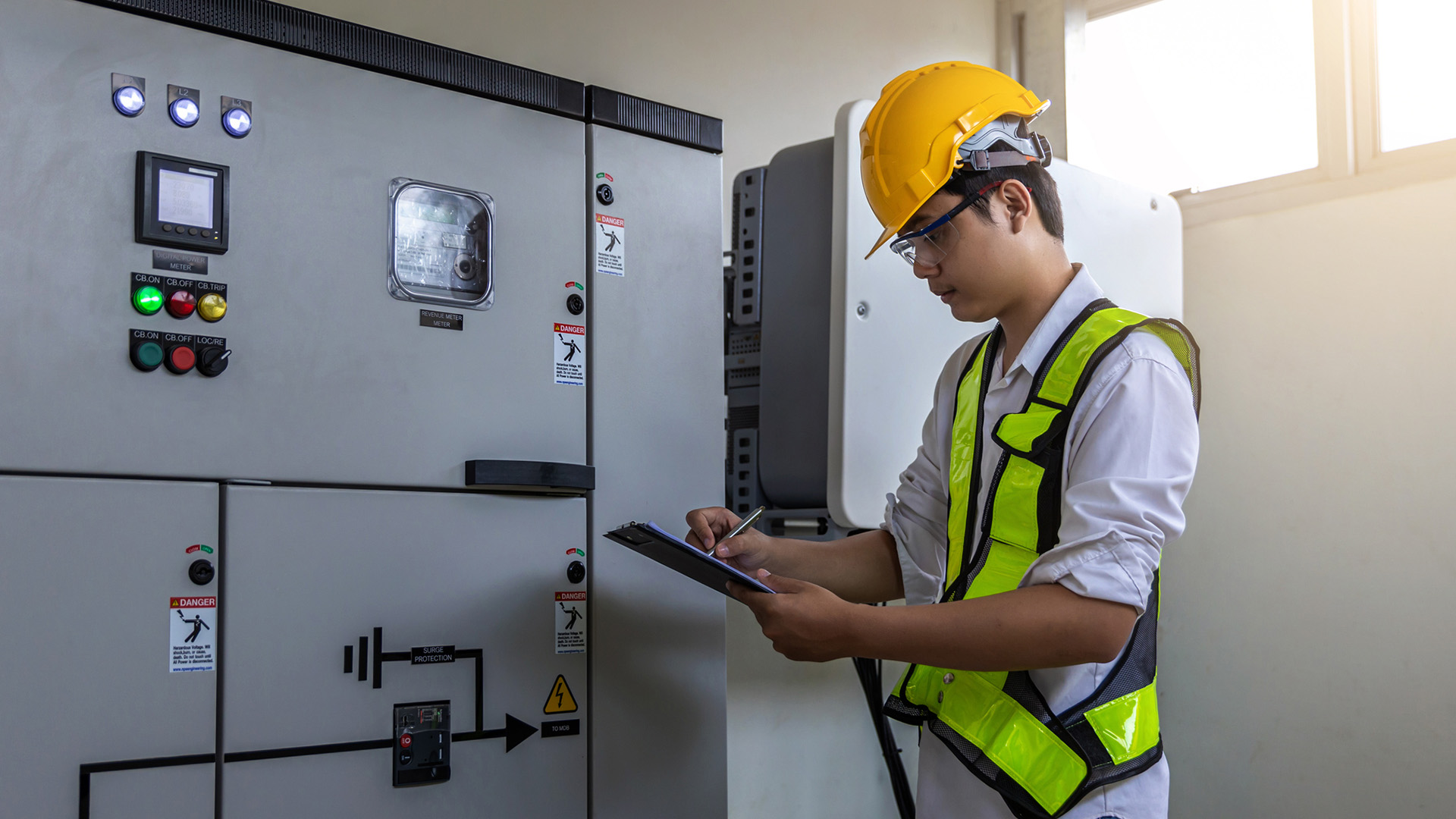Aging Controls Block Demand Response Revenue


We’re excited to have our technology partner Energy IQ contribute this guest column for The Current.
As 2026 capital plans take shape, one issue keeps showing up in industrial and large commercial facilities: aging control infrastructure. This keeps companies from earning more demand response (DR) revenue because they cannot seize opportunities.
For when capacity markets tighten and DR programs pay more, facilities that respond fast are rewarded while those that don’t can be effectively sidelined. Such is the case in PJM, for example, where capacity prices have jumped sharply and FERC has approved a broadening of the window for DR participation to enhance grid reliability and resource adequacy.
Why legacy systems struggle
Missed opportunities often come down to a customer’s controls. Slower respondents tend to rely on building management systems (BMS) and supervisory control and data acquisition (SCADA) systems designed for monitoring, trending and alarms; not for fast, coordinated curtailment across multiple loads.
This dependence creates four common barriers to DR participation:
- Slow polling/refresh rates. If the system only updates every 30–60 seconds, it can’t reliably meet DR program response requirements that expect action in minutes (or sometimes less).
- Limited connectivity. Older controls often can’t talk natively to modern DR platforms or aggregators without an intermediate layer.
- Manual steps. When operators have to make the calls, flip the points or pick the loads, human delay and human error enter the process—this is where revenue gets lost.
- Insufficient event data. Without automated logs of what was shed, when and for how long, settlement and payment can be slow or disputed.
The result: facilities with perfectly good mechanical and electrical systems still miss out on what could be six-figure (and in some industrial cases seven-figure) annual DR opportunities, simply because the controls can’t prove or execute the event.
A practical modernization pattern
The good news is that most sites don’t need a full rip-and-replace to participate. Rather, a common approach in DR programs is to insert an integration/translation layer that does four jobs:
-
- Bridges between existing building automation system (BAS)/SCADA and the DR platform (for example, a CPower-managed program);
- Issues automated, pre-engineered load-shed commands in minutes;
- Coordinates with production or comfort sequences so operations aren’t disrupted; and
- Generates real-time visibility and post-event data so settlement is straightforward
This middle layer is what brings an older plant “up to program speed” without a capital-heavy BMS replacement.
Illustrative result
In one industrial project, CPower worked with Energy IQ to implement an integration layer at a 100 MW steel plant. This solution allows the site to predefine a load-shed sequence and reliably drop a large portion of load (30 MW) in under 10 minutes, making participation in DR programs requiring faster responses viable and creating a meaningful new revenue stream. The key enabler was the modernization between the facility and the DR platform.
What to evaluate
For organizations participating in, or considering, programs like Synchronized Reserves, Capacity Performance, or other fast-responding DR products, the most useful next step is a controls-readiness assessment:
-
- Current polling/refresh rates
- Protocols available (BACnet/IP, Modbus TCP, MQTT, etc.)
- Loads that can safely be automated
- Data available for M&V/settlement
- Integration points with the DR platform
From there, the team can right-size an integration project and prioritize “fastest revenue” loads first.
One Final Point
Grid operators reward speed, automation, and reliability. Facilities that demonstrate those three things will continue to have access to higher-value DR opportunities. Conversely, facilities limited to manual response or slow controls will find themselves watching from the sidelines even if their actual load is large.


